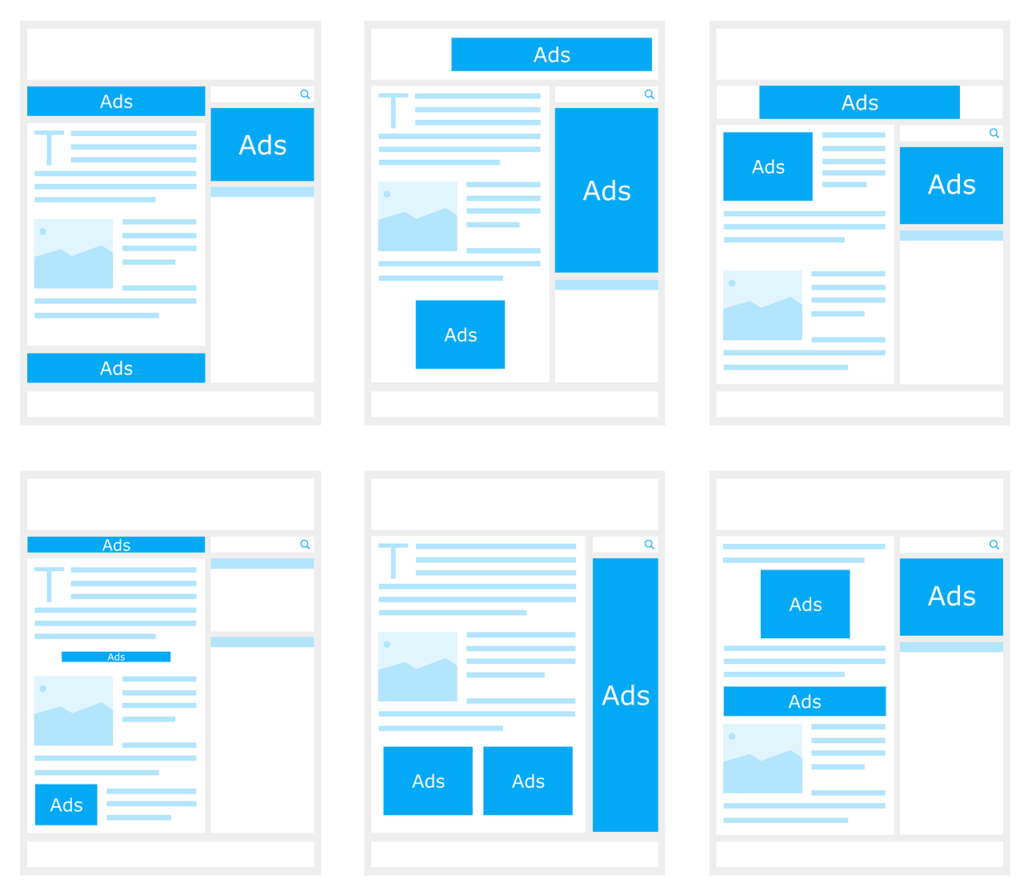Introduction
In today’s digital age, sponsored advertisements have become ubiquitous on websites. These ads, designed to grab our attention and encourage us to make a purchase, are the lifeblood of online advertising. However, when it comes to India’s unique socio-economic landscape, sponsored ads often face a paradoxical challenge. In this blog, we delve into the intricacies of this digital marketing phenomenon and explore why sponsored ads, despite their global success, sometimes fail to push through the open door of India’s diverse online audience.
The Socio-Economic Lens
India is a land of incredible diversity, where socio-economic disparities are a fundamental reality. This diversity is reflective of varying levels of education, income, and access to technology. While the urban population enjoys high-speed internet and the latest gadgets, many in rural areas still struggle with basic connectivity. To understand why sponsored ads face a unique set of challenges in India, we need to view the landscape through a socio-economic lens.
The Sponsored Ad Paradox
Accessibility and Affordability: A significant portion of India’s population relies on budget smartphones and limited data plans. For them, websites loaded with resource-heavy sponsored ads can lead to slow loading times and increased data consumption. This can be a discouraging factor for many users.
Language and Regional Diversity: India boasts a rich tapestry of languages and regional dialects. Creating effective sponsored ads that resonate with this diverse audience is a complex task. Often, advertisements crafted in one language or tailored to one region may not connect with the broader Indian population.
Consumer Skepticism: Indian consumers are becoming increasingly discerning. They are cautious about where and how they spend their money. Sponsored ads that do not provide clear value propositions or appear disingenuous can quickly lose the trust of potential customers.
Overexposure: The omnipresence of sponsored ads on Indian websites can lead to a phenomenon known as “ad blindness.” Users become so accustomed to the constant barrage of ads that they unconsciously tune them out.
Security and Privacy Concerns: With rising concerns about online privacy and data security, Indian internet users are cautious about clicking on ads, fearing that their personal information may be compromised.
Navigating the Challenges
Localized Content: Crafting sponsored ads that cater to specific regions and languages can greatly enhance their effectiveness. It shows respect for India’s linguistic diversity and makes users feel seen and heard.
Transparency and Trustworthiness: Sponsored ads that prioritize transparency, offer valuable solutions, and clearly communicate their value can regain the trust of Indian consumers.
Ad Blockers and User Preferences: Offering users the choice to opt-out of certain types of ads or tracking can be a step toward regaining user trust and mitigating ad blindness.
Consumer Education: Initiatives that educate Indian consumers about online privacy and security can ease concerns related to sponsored ads.
Conclusion
The paradox of sponsored ads in India is a reflection of the nation’s incredible diversity and the varying socio-economic backgrounds of its citizens. While sponsored ads can be a powerful tool for online advertising, understanding and addressing the unique challenges in India’s digital landscape is crucial. By focusing on localization, transparency, and user preferences, advertisers can begin to unlock the vast potential of the Indian market. India’s online door is open, but it takes a thoughtful approach to push it wider and let the opportunities flow through.
